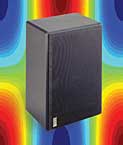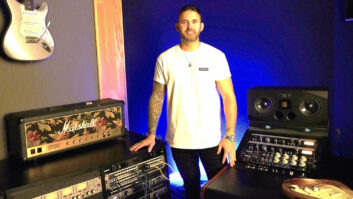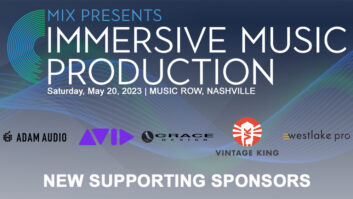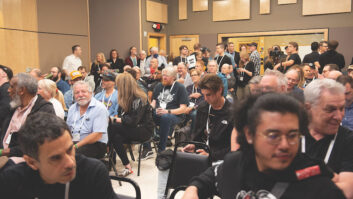
Bag End’s new tunable electronic bass trap, the E-Trap, is scheduled to go into production this month, with the first models ready for shipment by November 1, 2005. Bag End executives announced the development of the new technology nearly a year ago, but the final stages of developing the accompanying software and some 11th hour design improvements delayed production of the E-Trap until now.
“We got a little excited about the far-reaching possibilities of the technology that we kind of jumped the gun when we first announced the product last year,” says Bag End president James P. Wischmeyer, with a laugh. “But after the initial euphoria, we realized we still had some work to do. So, rather than rush it into production and find out, after the fact, that we had some problems, we opted to delay production until we were comfortable everything was right.”
At certain frequencies the dimensions of a room are integer multiples of the wavelength of tones corresponding to those frequencies. This causes the reflection of the wave from opposing walls to reinforce each other and establish standing waves between the walls. These frequencies are called resonant, or characteristic, frequencies of the room. The resulting standing waves in a room cause coloration of the sound.
Using foam acoustical tiles, Fiberglas panels, heavy drapery, thick carpets and other absorbent materials cannot solve the bass coloration problems. Although such materials are excellent absorbers at higher frequencies they become increasingly less effective below about 1000 Hz. and totally ineffective at bass frequencies, Bag End reports. Often, the overuse of absorbent materials to cure a bad sounding room actually aggravates the problem resulting in a dead sounding room with a loss of natural clarity of voice and instruments.
For years, designers of control rooms and studios have had to employ large passive acoustical bass traps to dampen low frequency modal resonances. Adding to the space problem, passive bass traps, once tuned to a particular mode, are difficult to change to another mode, and a tuned bass trap can only be tuned to one frequency.
“An alternative to the use of passive, acoustical bass traps is incorporating a properly designed feedback control scheme into a powered subwoofer making the subwoofer exhibit the same dynamics as that of the passive bass trap,” Wischmeyer said. “This active feedback coloration control solution adds dampening to the low-frequency acoustic mode or modes and smoothes out the magnitude of frequency response in the room.”
The advantage of the closed-loop, controlled acoustic dampening system, or E-Trap, over traditional passive acoustic absorbers include ease of tunability to the target frequencies, tunability to multiple frequencies, and a small size.
The E-Trap measures 13x18x10 (WHD). Suggested retail price for the E-Trap is $995.
Visit www.bagend.com for more information.







